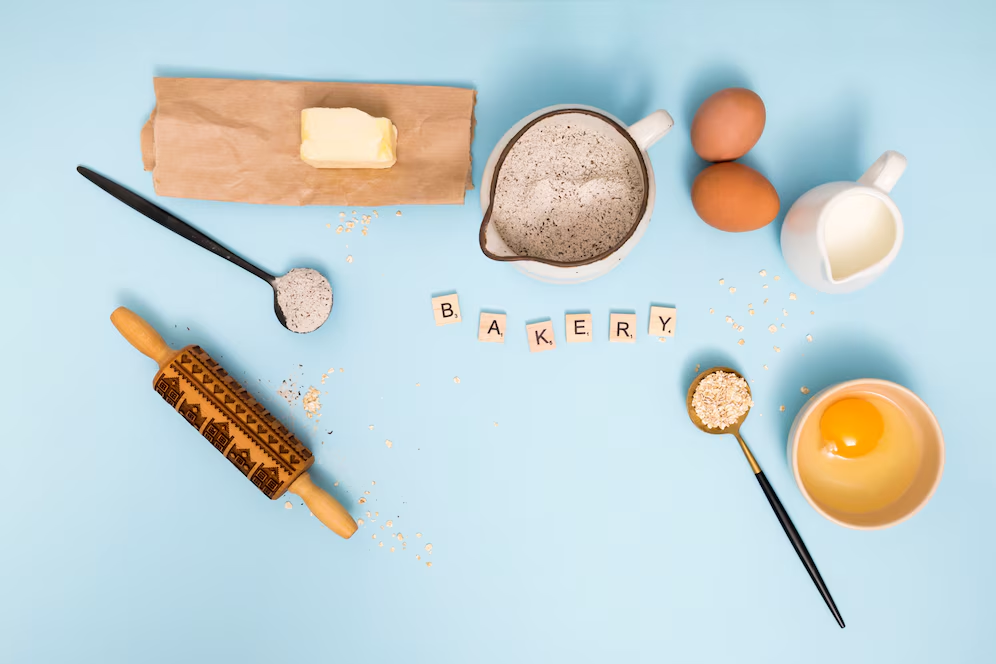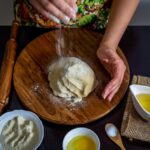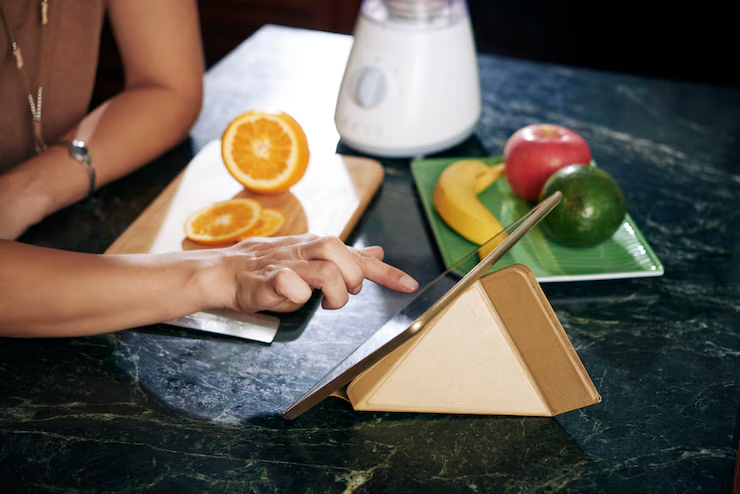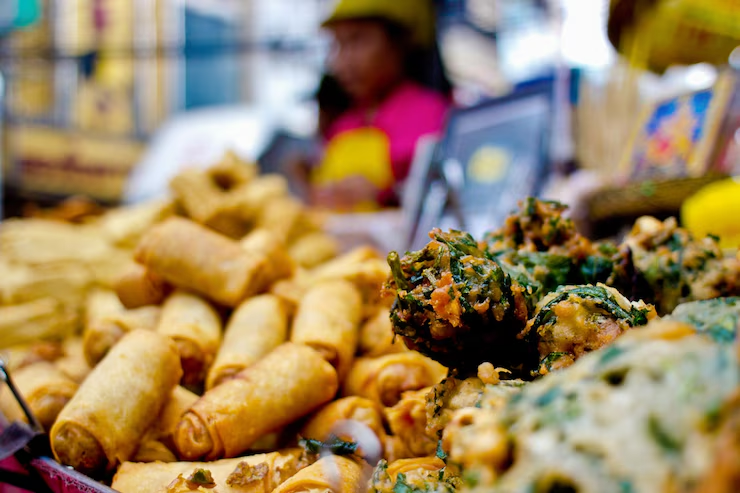Contents
- 1 Baking Has Always Felt Like a Hug from the Kitchen
- 1.1 The Key to Every Bake: Knowing Your Ingredients
- 1.2 Baking Techniques: The Steps That Make It Work
- 1.3 Recipes That Always Work
- 1.4 FAQs
- 1.4.1 Why didn’t my bread rise the way it should have?
- 1.4.2 Is it okay to use all-purpose flour for everything?
- 1.4.3 How should you keep homemade bread?
- 1.4.4 Why aren’t my pastries flaky?
- 1.4.5 Do you have to weigh the ingredients?
- 1.4.6 How long should I let my dough rise?
- 1.4.7 Is it possible to bake without a stand mixer?
Baking Has Always Felt Like a Hug from the Kitchen
Baking has always felt like a hug from the kitchen. I still remember those warm afternoons when the countertops were covered in flour, the oven was humming softly, and the smell of rising dough filled the air. It felt like magic to turn basic pantry items into golden, crusty loaves or buttery, flaky pastries. But I quickly learnt that baking is more than just heart and creativity; it’s based on science.
When I learnt how each ingredient works and how technique can change the final result, my baking changed. If you’re new to making breads and pastries or just want to improve your skills, let me show you the tips and recipes that helped me turn my mistakes into works of art.
The Key to Every Bake: Knowing Your Ingredients
At first, I didn’t think much of the ingredients. I used to think that all flour was the same, but then I switched to bread flour. That little change made my bread stronger, chewier, and better shaped. It changed the game. Why? Bread flour has more protein, which means more gluten, which is what makes bread rise and have a good texture.
Yeast came next. I once used an old packet without knowing it had lost its strength. What happened? A flat, dense loaf that never got the rise it needed. The fresh yeast made all the difference. It brought my dough to life by being alive, bubbly, and full of energy. I always keep yeast fresh now.
And what about sugar? Yes, it makes things sweeter, but it also keeps things moist and helps them brown. Brown sugar made my cookies taste better than granulated sugar ever could. It also made them very soft. Butter is what makes a good pastry. Adding high-quality butter makes a simple bite taste rich and deep, making it something you won’t forget.
If you really want to get better, pay attention to what you eat. Better inputs lead to better outcomes. I often look for good options and useful baking facts on trusted sites like Baking Basics and Baker’s Authority.
Visit: Baker’s Authority
Baking Techniques: The Steps That Make It Work
It felt like work when I first started kneading. My arms hurt, and I wasn’t sure if it was worth it. But as I practiced, I could feel the dough change from sticky to stretchy and from dead to alive under my hands. That change is due to gluten. Kneading makes bread have a certain texture, stretch, and structure. I learnt to love it over time.
Another surprise was proofing. I couldn’t believe how much the dough puffed up like a cloud the first time I left it to rise in a warm corner. It was like watching dough breathe when that happened. I learnt to be patient and let the yeast do its job. It will give you a light, airy crumb.
One of the hardest things to learn? Always preheat the oven. I did it once, and the loaf didn’t bake evenly; it was crusty on the outside and raw on the inside. Preheating makes sure that your dough gets to a stable, hot place where it can rise and caramelise properly. If things ever go wrong, like burnt edges, flat centres, or a dense texture, it’s usually because of one of three things: kneading, proofing, or the oven temperature. Make some changes, and your next bake could be perfect.
When I have a problem, I ask the experts for help. King Arthur Baking is where I go for help with problems and to learn how to do things better.
Visit: King Arthur Baking
Recipes That Always Work
After a lot of trial and error (and some failures), I found two recipes that I will always keep in my kitchen: a rustic artisan bread and buttery croissants. They are easy enough for beginners to make, but they are also good enough to impress anyone who tries them.
Bread Made by Hand
This recipe is almost foolproof and great for baking on the weekend.
Things you need:
- 4 cups of flour that can be used for anything
- 2 teaspoons of salt
- 1 teaspoon of instant yeast
- Two cups of warm water
Steps:
Mix the yeast, flour, and salt together in a big bowl. Add warm water slowly and mix until you have a shaggy dough. Put a lid on the bowl and let the dough sit at room temperature for 12 to 18 hours. The next day, when it has risen and is bubbly, carefully turn it out onto a floured surface and shape it into a ball. Give it another hour to rise.
Set your oven to 450°F (230°C) before you start. Put a Dutch oven in there to warm it up. Carefully move the dough into the hot Dutch oven when it’s ready. Put a lid on it and bake it for 30 minutes. Take off the lid and bake for another 15 minutes, or until the crust is golden and crunchy.
I feel like a magician every time I take this bread out of the oven. The crust’s crackle and the soft crumb bring me pure joy.
Croissants in the Classic Style
At first, croissants were scary, but after some time and patience (literally), they became a weekend favourite.
Related: How to Start Eating Vegetables (Even If You Don’t Like Them)
Things you need:
- 3 cups of flour for all purposes
- 1 tablespoon of sugar
- 1 teaspoon of salt
- One cup of cold milk
- 1 packet of active dry yeast
- 1½ sticks of cold, unsalted butter (for layering)
Steps:
To make dough, mix together the yeast, milk, sugar, salt, and flour. Let it cool for 30 minutes. Roll out the dough and put thin slices of cold butter on top. Then, fold the dough like a letter. Cool down again. Do the rolling and folding again three times to make layers.
Cut the dough into triangles, roll them into crescents, and let them rise until they are fluffy. For about 20 minutes, bake at 375°F (190°C).
You can’t resist the smell of croissants baking, and the flaky, buttery result is worth every step.
Find the link to know more:
FAQs
Why didn’t my bread rise the way it should have?
It could be because the yeast is old or inactive, the proofing environment is too cold, or the dough wasn’t kneaded enough. Always use new yeast and let it rise in a warm place.
Is it okay to use all-purpose flour for everything?
Yes, but the results will be different with different flours. Bread flour makes bread chewy, and pastry flour makes it soft. Use them according to what you want to do.
How should you keep homemade bread?
Put it in a bread box and wrap it in a clean kitchen towel. Stay away from plastic because it holds in moisture and can make things soggy.
Why aren’t my pastries flaky?
Cold butter and the right way to layer make things flaky. Dough that is too warm or butter that has been worked too hard melts too soon, ruining the layers.
Do you have to weigh the ingredients?
The best way to get accurate results is to measure by weight, especially for flour. A digital kitchen scale can really help you bake better.
How long should I let my dough rise?
It depends on the recipe and how warm it is in the room. The dough should grow to about twice its original size, which can take 1 to 2 hours.
Is it possible to bake without a stand mixer?
Of course. A lot of bakers knead by hand. It might take longer and be harder, but it helps you feel the dough and understand how it feels.
Your kitchen can be both your lab and your canvas. Baking isn’t just about getting it “right.” It’s also about learning, making changes, and having fun along the way. Every time you bake, whether your croissants flop or your loaf turns out better than a bakery’s, you’re making progress.





